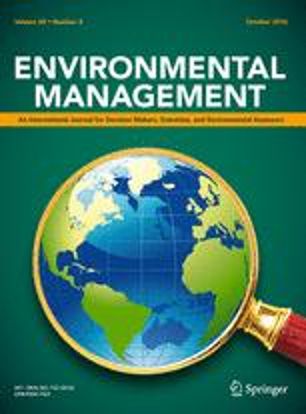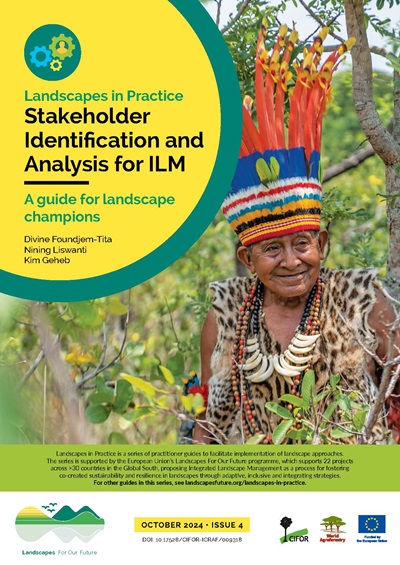Over 80% of the landmass in Kenya is Arid and Semi-Arid Lands (ASALs)[1] covering 29 counties and home to about 36% of the population, 70% of the national livestock, and 90% of wildlife . ASALs are the main sources of wood charcoal which is a key livelihood strategy and over 80% of the producers source wood from trees on farm. Makueni is among the top three charcoal producer counties[2]. The annual rainfall in arid areas ranges between 150 mm and 550 mm, and semi-arid between 550 mm and 850 mm per year, while temperatures are high throughout the year, with high rates of evapotranspiration. Climate change, increasing frequency and severity of droughts, flooding and low investment in sustainable and resilient agriculture have exacerbated these challenges.























